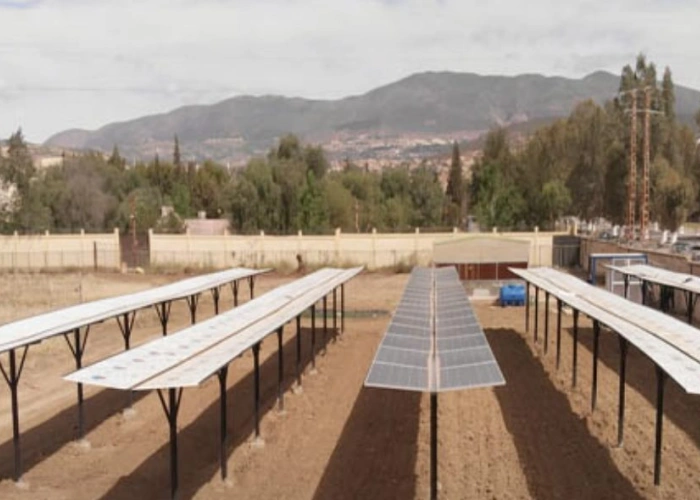WATERMED 4.0

Adapted from the project website
Concept
The WATERMED layered architecture considers several types of services to ensure its replication and adaptability to different crops and locations, dealing with IoT services, virtual entities and storage services, and data analytics and machine learning, respectively. The fundamental idea is to enable optimizations of irrigation, water distribution, and consumption based on a holistic analysis that collects information from all aspects of the system including even the natural water cycle and the cumulated knowledge related to growing particular plants.It results in savings to all parties as it guarantees the availability of water in situations where water supply is limited and also prevents over- and under-irrigation.
Impact
The overall approach of this project is increasing the efficiency in the management of conventional and non-conventional water resources applied to agriculture from an integral perspective. The new perspective comes from the assumption that technology development, societal engagement, governance and transferring knowledge will be enhanced by the new possibilities of digitalisation and cyber-computing through an open platform, in a form that best fits the needs of end-users and the associated supply chain, from high waters (water management authorities, water planning organisations, wastewater treatment plants, technology SME’s) to the plot (irrigation communities, farmers and technology SME’s).
The expected impacts will be easily monitored all along the water cycle for agriculture, real-time controlled by the Internet of Things and Services, helping to increase quantity and quality of water available for agriculture and to save water and nutrients.